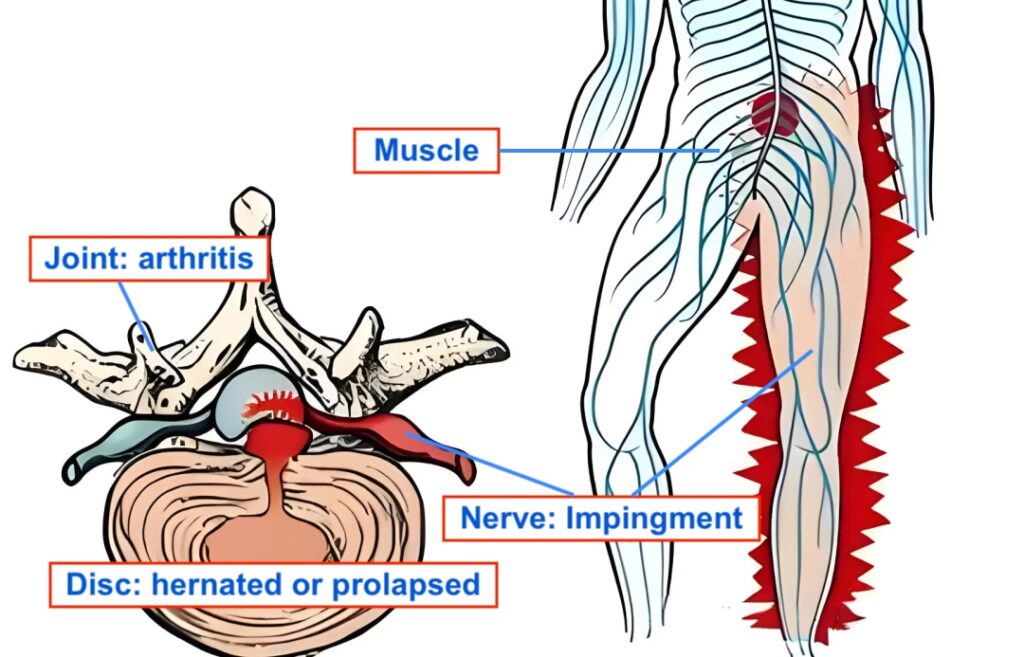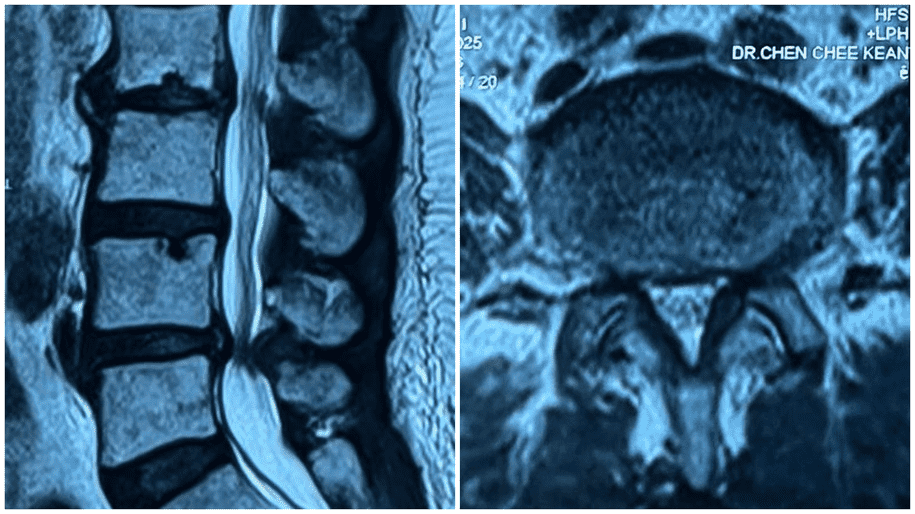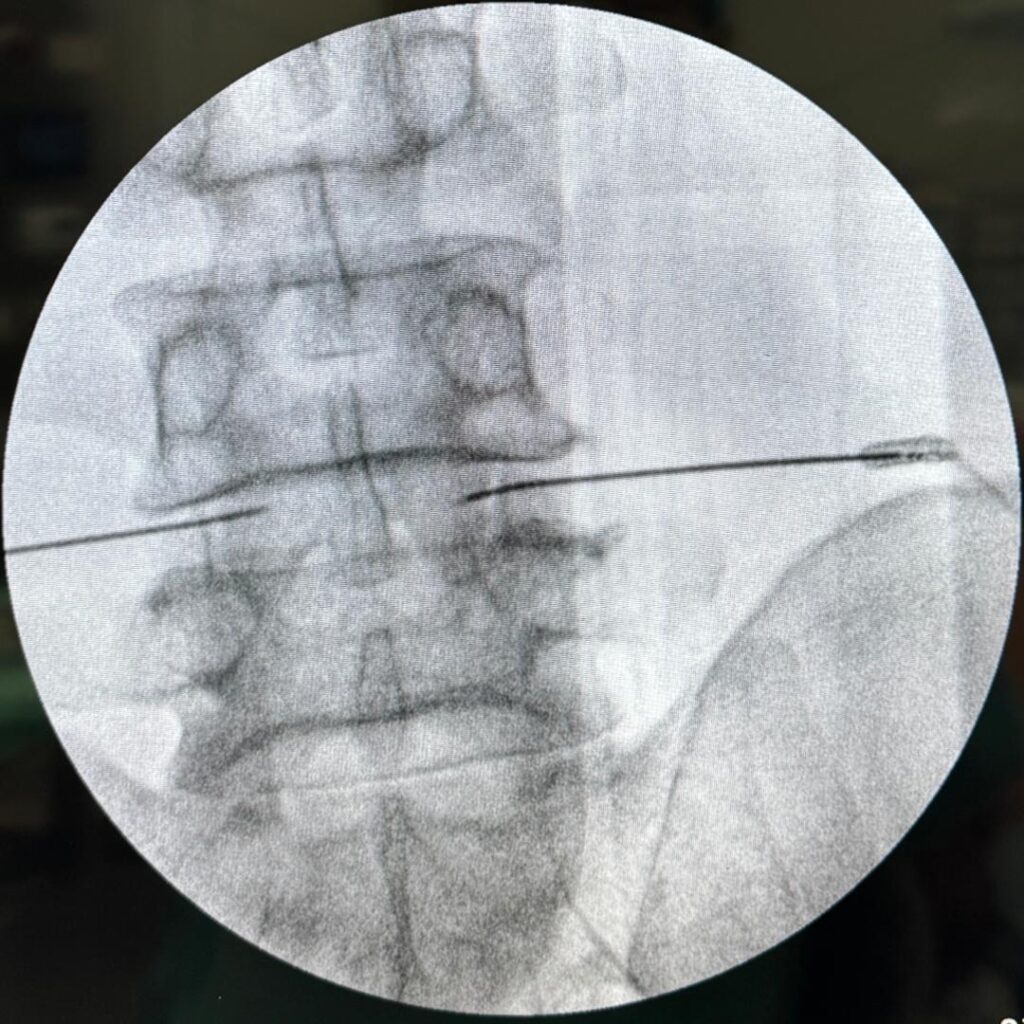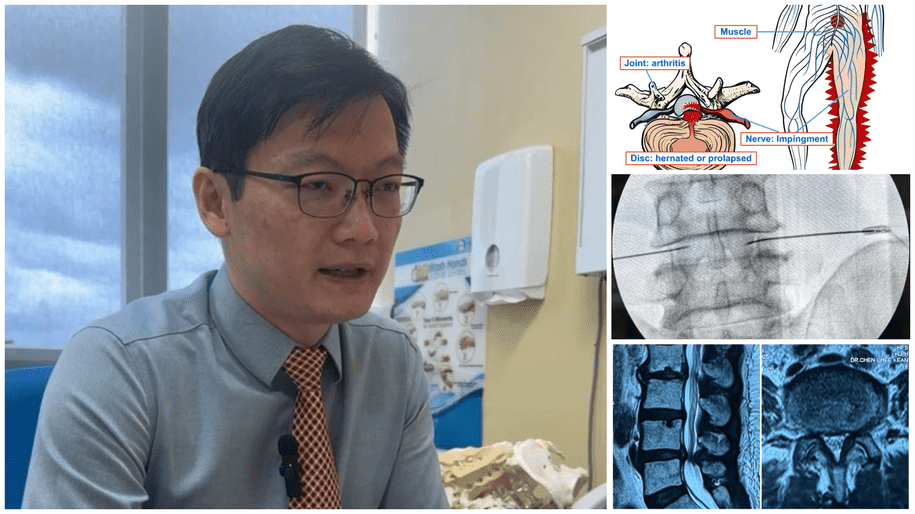KUCHING – Chronic pain is more than just a discomfort; it is a daily struggle that can weaken both body and mind. While many rely on painkillers or surgery for relief, a growing number of patients in Malaysia are turning to interventional pain management — a minimally invasive option that targets the source of pain without heavy reliance on medication.
According to Dr Chen Chee Kean, an anaesthesiologist and interventional pain specialist at KPJ Kuching Specialist Hospital, chronic pain is a common issue, affecting at least one in five people. The problem is expected to rise as Malaysia’s population ages, with average life expectancies now reaching 73 years for men and 77 for women.
“Elderly people form a significant part of the population, and degenerative diseases that cause chronic pain are becoming more common,” Dr Chen explained.

The Limitations of Medication and Surgery
For most patients, the first step in pain relief is medication. While painkillers can provide temporary relief, long-term use comes with risks such as gastric ulcers, heart problems, and kidney failure. Even milder medications like paracetamol may not be strong enough for severe pain.
“When oral medication fails to control pain, surgery is often the next step,” Dr Chen said. “Procedures like knee or hip replacements and spine surgery can be effective, but not every elderly patient is fit for surgery due to other health issues such as heart disease or kidney problems.”
This leaves many patients and their families searching for alternatives — a gap that interventional pain management aims to fill.
What is Interventional Pain Management?
Interventional pain management is a relatively new approach in Malaysia. It uses minimally invasive techniques to directly target the source of pain, often on a daycare basis, meaning patients can return home the same day.
The treatment involves procedures such as:
- Injection of local anaesthetics at the pain site
- Radiofrequency techniques to block nerve pain signals
- Laser technology for targeted pain relief
These methods are performed under imaging guidance like X-ray or ultrasound to ensure accuracy and safety.
“For example, if a slipped disc is pressing on a nerve, interventional pain treatment can target that nerve to reduce the pain signal sent to the brain,” Dr Chen explained.

Safe, Targeted, and Minimally Disruptive
Unlike long-term medication, interventional pain treatments do not generally cause systemic side effects. The main aim is to restore a patient’s physical and mental function, allowing them to return to daily activities with less dependency on others.
Patients suffering from conditions such as back pain, knee or hip joint pain, nerve pain, post-surgery pain, cancer-related pain, and chronic headaches may benefit from this approach.
However, Dr Chen cautioned that interventional pain management is not suitable for pain caused by infection, trauma, inflammation, or certain severe nerve conditions.

Side Effects and Safety
Like any medical procedure, there are potential risks, including infection, bleeding, numbness, tissue injury, or allergic reactions to injections. Still, Dr Chen emphasised that these risks are low when the procedure is done by a trained doctor in a controlled hospital environment.
“The technique used and the location of treatment will determine the type of side effects, but overall, it’s a very safe procedure,” he said.
Post-Treatment Recovery
After undergoing an interventional pain procedure, patients are often advised to make lifestyle changes such as regular exercise, physiotherapy, and posture adjustments to reduce the chance of pain returning.
Relief duration varies depending on the patient’s condition. If pain returns, the same procedure can often be repeated safely.
“Our goal is to help patients regain mobility and confidence in daily life. This is not just about pain relief — it’s about restoring independence,” Dr Chen added.
A Valuable Option for Chronic Pain Sufferers
For Malaysia’s growing elderly population — and for younger patients dealing with persistent pain — interventional pain management offers a middle ground between temporary medication and major surgery.
As awareness grows, more people may find that this targeted, minimally invasive approach gives them the quality of life they thought they had lost.







